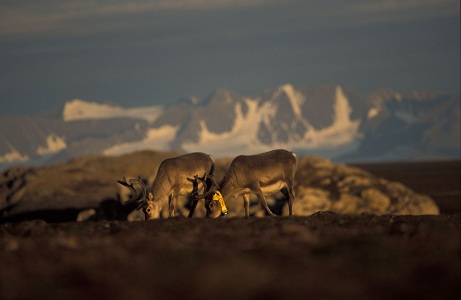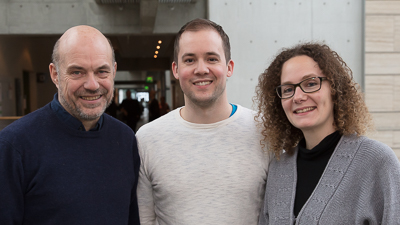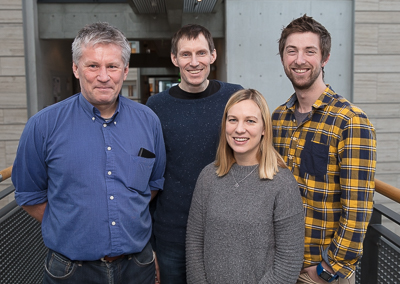Population Ecology - Centre for Biodiversity Dynamics (CBD)
Population Ecology

The goal of this research area is to develop and apply models to describe dynamics of populations in time and space in fluctuating environments.
Main questions
- How does the age-specific variation in the stochastic contributions to the population growth rate differ along the slow-fast continuum of life history variation?
- To what extent can age-specific variation in the contribution of different age-classes to the total density dependence affecting the population dynamics, be explained by the position of the species along the slow-fast continuum of life history variation?
- How can spatial patterns in the population dynamics be predicted from the species’ position along the slow-fast continuum of life history variation?
- How will expected changes in climate affect spatiotemporal variation in population fluctuations?
The research is based on theoretical developments, studies of wild populations of species such as moose, reindeer, house sparrow and other birds, and from the daphnia lab. The research area consists of three research groups.
Projects
- The Daphnia lab on eco-evolutionary dynamics
- Sustainable management of renewable resources in a changing environment: an integrated approach across ecosystems (SUSTAIN)
- Population dynamics and evolutionary response to harvesting
- Evolution in a changing climate (EVOCLIM)
Synthesis
Aim: To apply stochastic models to understand processes affecting the dynamics of populations and phenotypes in fluctuating environments.

- Professor Bernt-Erik Sæther
- Professor Jane Reid
- Postdoc Marlène Gamelon
- Postdoc Thomas Kvalnes
- Postdoc Hannah Froy
- PhD candidate Lara Veylit
- PhD candidate Stefan Vriend
Eco-evolutionary dynamics
Aim: To improve understanding of links between ecological and evolutionary responses to environmental change through lab-based experimental approaches.

- Professor Sigurd Einum
- Postdoc Tim Burton
- PhD candidate Semona Issa
- PhD candidate Safa Chaabani
- Engineer Hanna-Kaisa Lakka
Demographic responses to changing environments
Aim: To understand causes and consequences of demographic variation in time and space.

- Researcher Ivar Herfindal
- Senior researcher Erling Johan Solberg
- Senior Researcher Erlend Nilsen
- Senior Researcher Brett Sandercock
- Researcher Hanno Sandvik
- Researcher Svenja Kroeger
- Researcher Lars Rød-Eriksen
